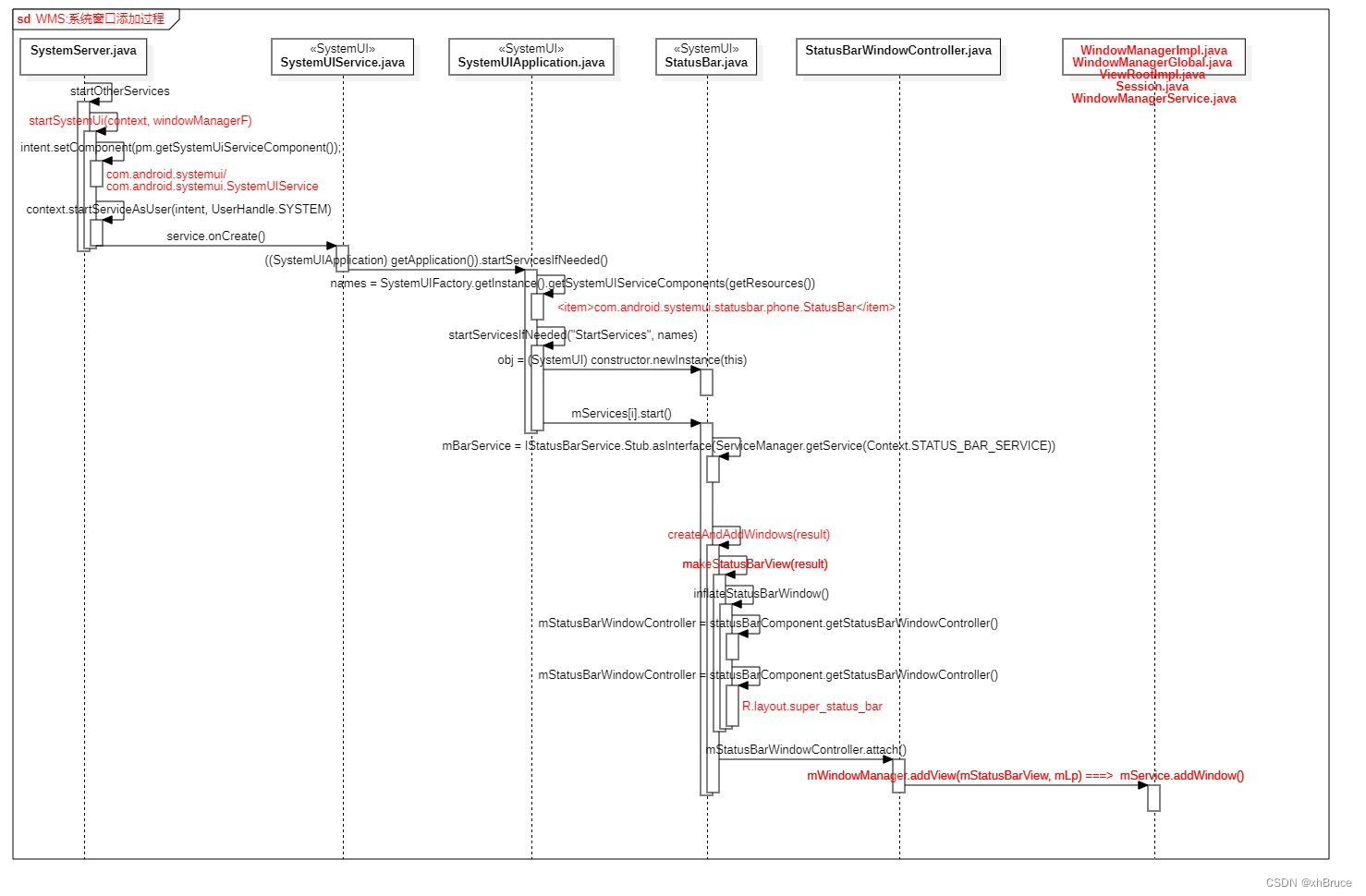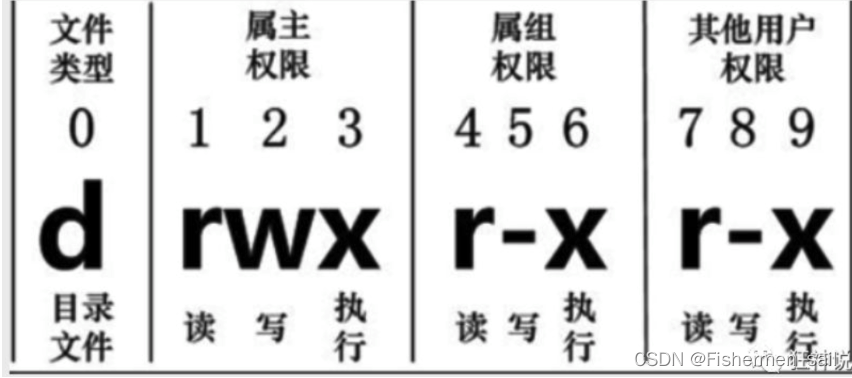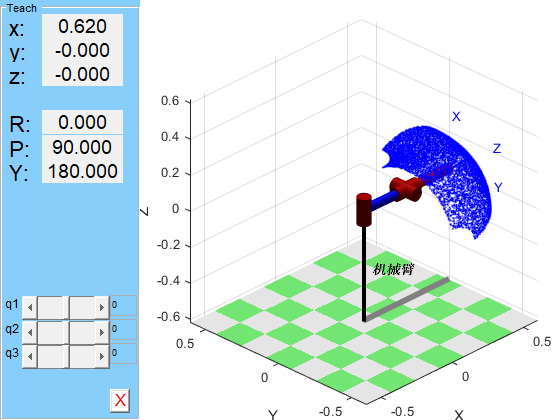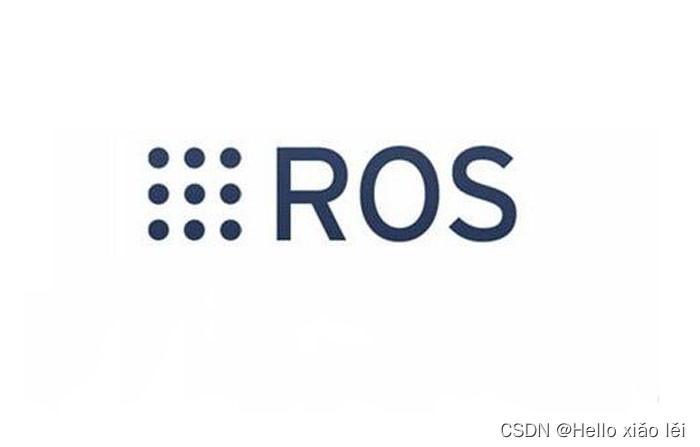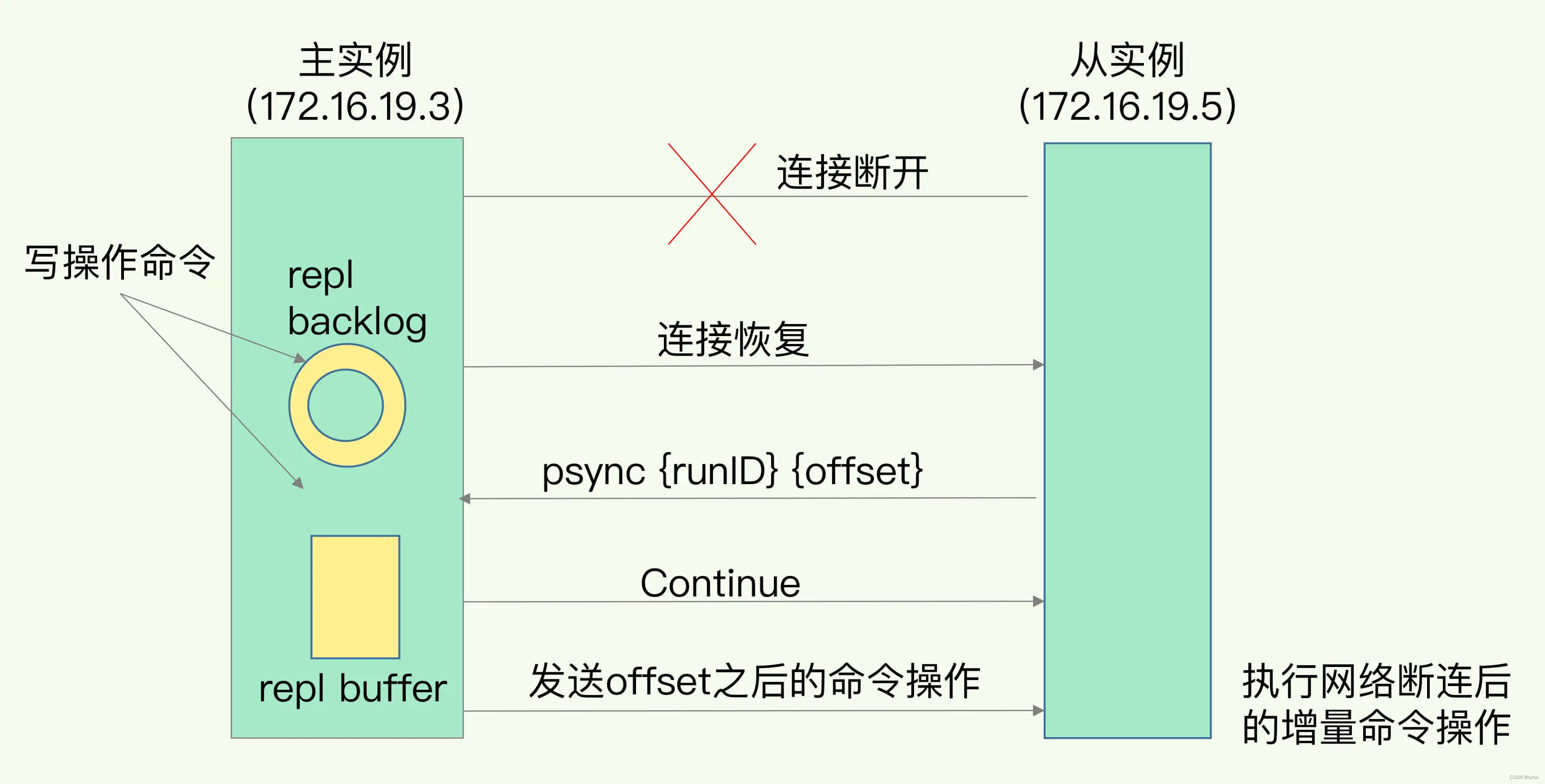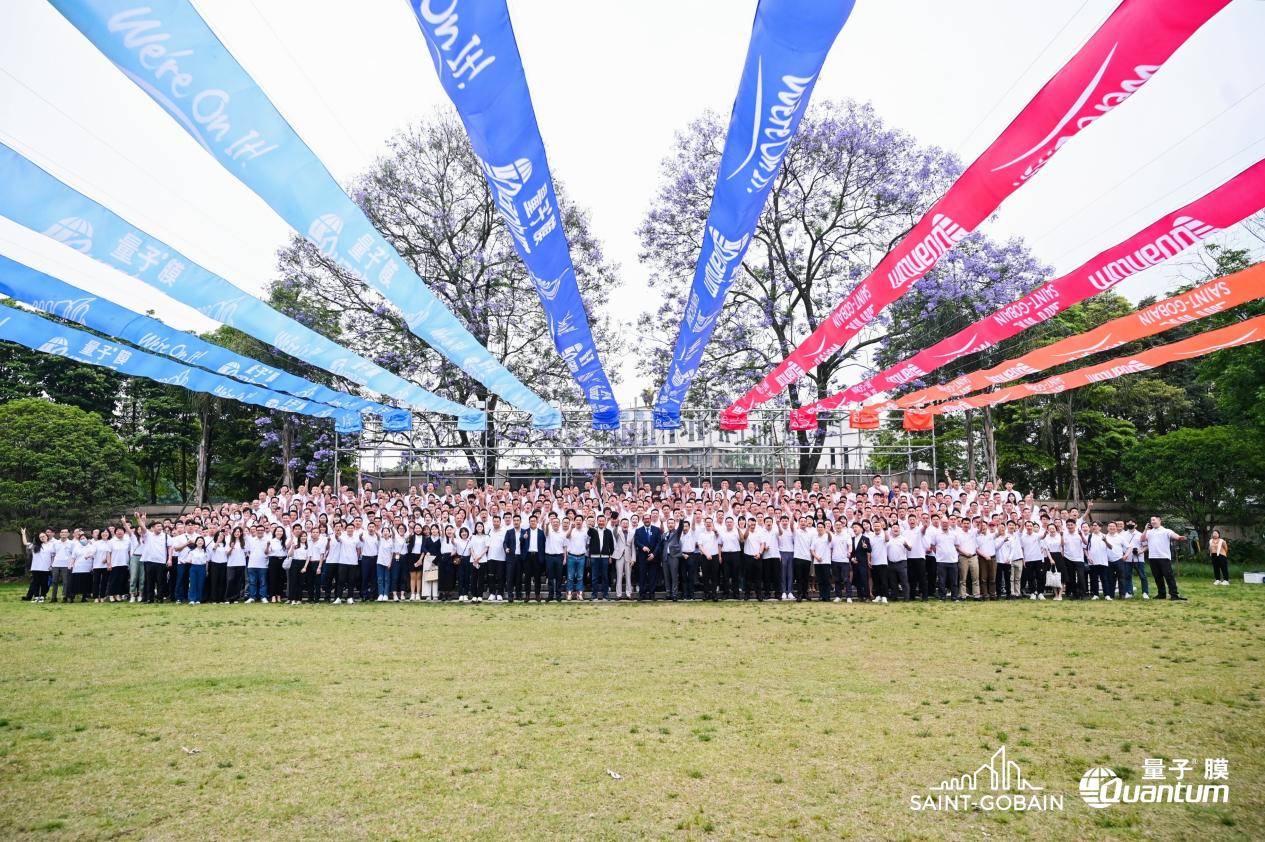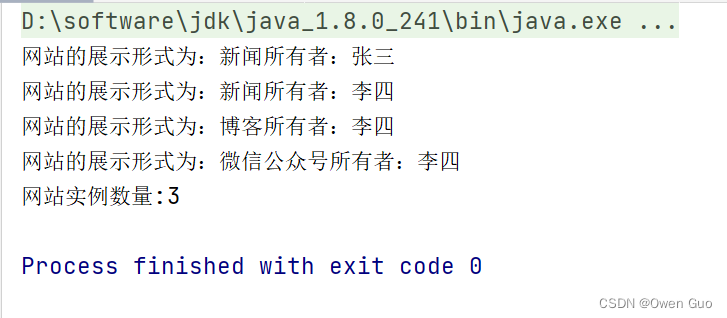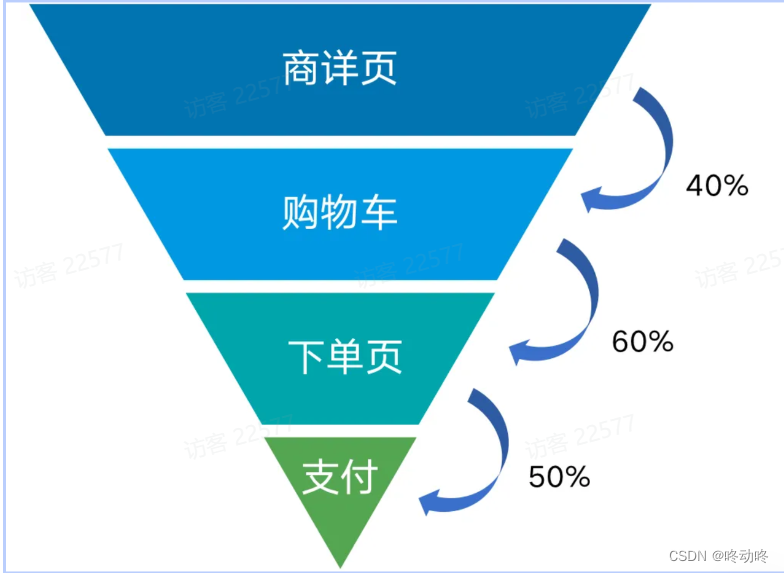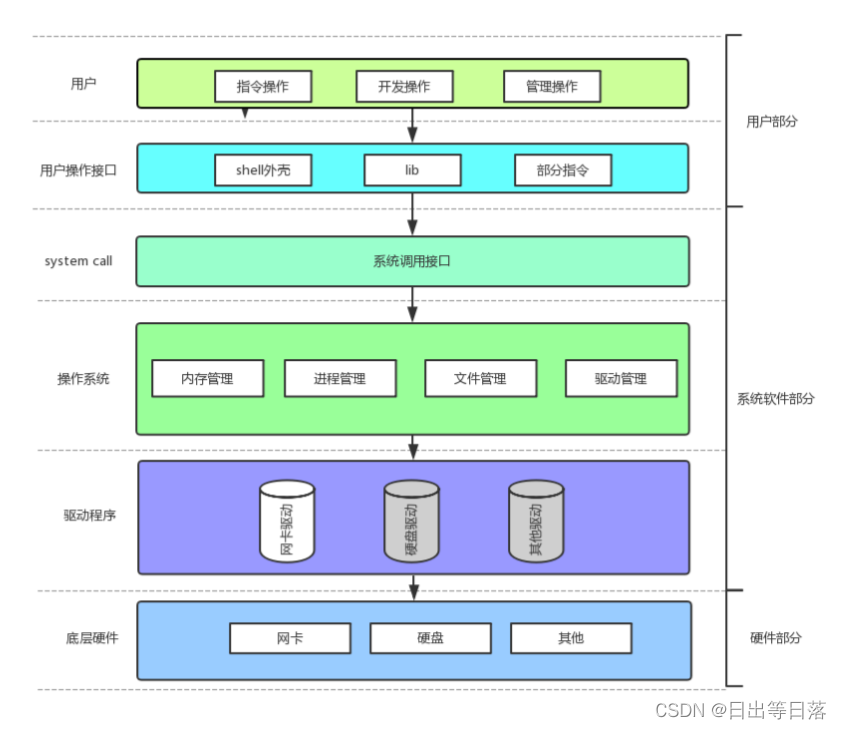多次调用java.awt.Toolkit.getDefaultToolkit方法获得是同一个单例的Toolkit
java.awt.Toolkit.getDefaultToolkit()
import java.awt.Toolkit;
public class 多次调用Toolkit的getDefaultToolkit方法获得是同一个单例的Toolkit {
static public void main (String...arguments)throws Exception{
System.out.println("Toolkit.getDefaultToolkit()获得的java.awt.Toolkit是不是同一个? 是否为单例设计模式?");
System.out.println("Toolkit.getDefaultToolkit()==Toolkit.getDefaultToolkit()的结果是");
System.out.println(Toolkit.getDefaultToolkit()==Toolkit.getDefaultToolkit());
for(int r=0; r<100; r++) {
for(int c=0; c<100; c++) {
System.out.print(Toolkit.getDefaultToolkit()==Toolkit.getDefaultToolkit());
}
System.out.println();
}
}
}
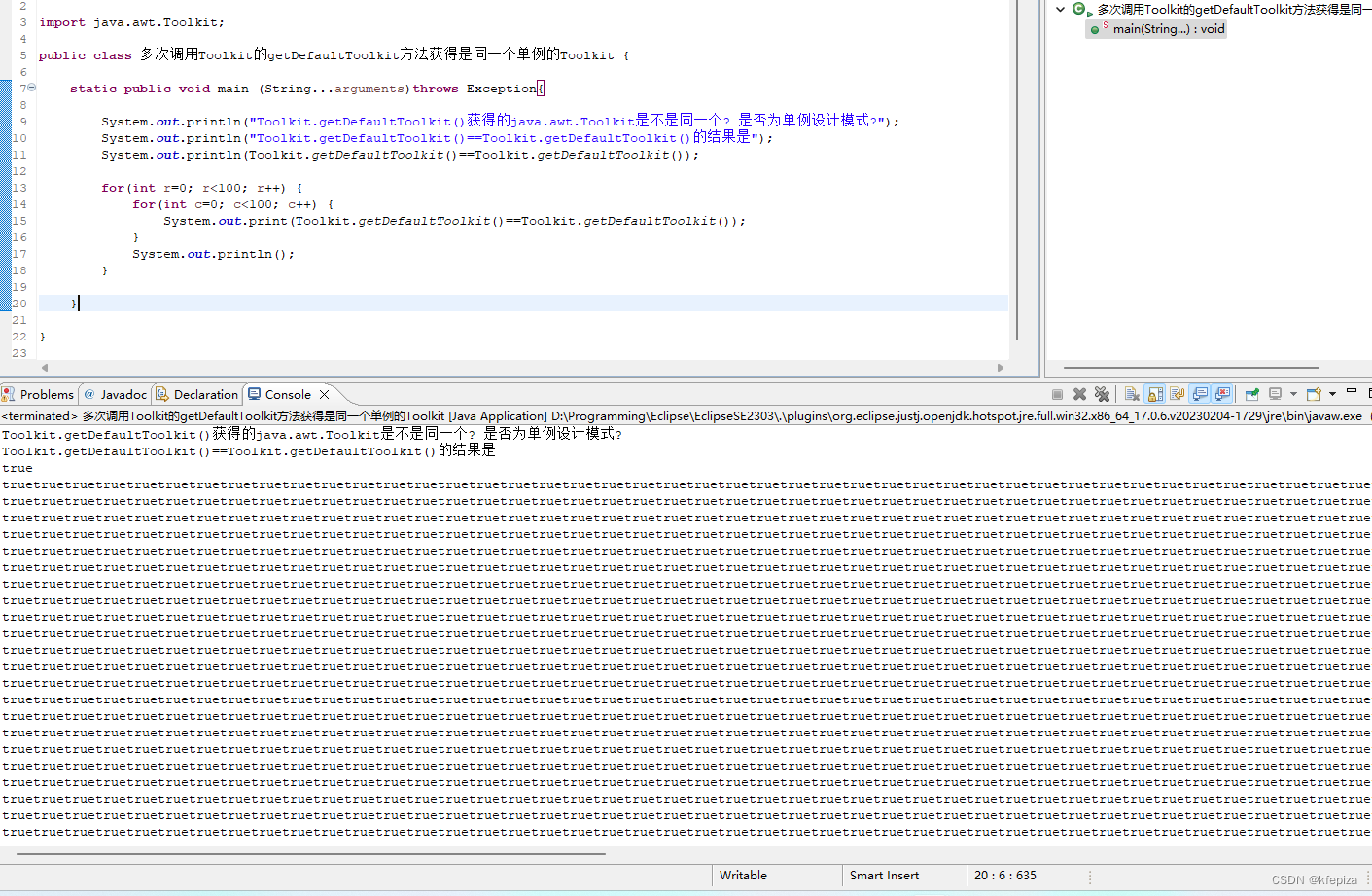
jdk17源码去掉注释的
private static Toolkit toolkit;
public static synchronized Toolkit getDefaultToolkit() {
if (toolkit == null) {
toolkit = PlatformGraphicsInfo.createToolkit();
if (GraphicsEnvironment.isHeadless() &&
!(toolkit instanceof HeadlessToolkit)) {
toolkit = new HeadlessToolkit(toolkit);
}
if (!GraphicsEnvironment.isHeadless()) {
loadAssistiveTechnologies();
}
}
return toolkit;
}
private static Toolkit toolkit; 一个镜头变量保存实例, 如果保存实例的变量为空, 才创建新实例. 所以是单例
jdk17源码带注释的
/**
* The default toolkit.
*/
private static Toolkit toolkit;
/**
* Gets the default toolkit.
* <p>
* If a system property named {@code "java.awt.headless"} is set
* to {@code true} then the headless implementation
* of {@code Toolkit} is used,
* otherwise the default platform-specific implementation of
* {@code Toolkit} is used.
* <p>
* If this Toolkit is not a headless implementation and if they exist, service
* providers of {@link javax.accessibility.AccessibilityProvider} will be loaded
* if specified by the system property
* {@code javax.accessibility.assistive_technologies}.
* <p>
* An example of setting this property is to invoke Java with
* {@code -Djavax.accessibility.assistive_technologies=MyServiceProvider}.
* In addition to MyServiceProvider other service providers can be specified
* using a comma separated list. Service providers are loaded after the AWT
* toolkit is created.
* <p>
* If the list of assistive technology providers as provided through system
* property "{@systemProperty javax.accessibility.assistive_technologies}"
* is the empty string or contains only
* {@linkplain Character#isWhitespace(int) white space} characters it is
* ignored. All other errors are handled via an AWTError exception.
* <p>
* The names specified in the assistive_technologies property are used to query
* each service provider implementation. If the requested name matches the
* {@linkplain AccessibilityProvider#getName name} of the service provider, the
* {@link AccessibilityProvider#activate} method will be invoked to activate the
* matching service provider.
*
* @implSpec
* If assistive technology service providers are not specified with a system
* property this implementation will look in a properties file located as follows:
* <ul>
* <li> {@code ${user.home}/.accessibility.properties}
* <li> {@code ${java.home}/conf/accessibility.properties}
* </ul>
* Only the first of these files to be located will be consulted. The requested
* service providers are specified by setting the {@code assistive_technologies=}
* property. A single provider or a comma separated list of providers can be
* specified.
*
* @return the default toolkit.
* @throws AWTError in case of an error loading assistive technologies.
* @see java.util.ServiceLoader
* @see javax.accessibility.AccessibilityProvider
*/
public static synchronized Toolkit getDefaultToolkit() {
if (toolkit == null) {
toolkit = PlatformGraphicsInfo.createToolkit();
if (GraphicsEnvironment.isHeadless() &&
!(toolkit instanceof HeadlessToolkit)) {
toolkit = new HeadlessToolkit(toolkit);
}
if (!GraphicsEnvironment.isHeadless()) {
loadAssistiveTechnologies();
}
}
return toolkit;
}
注释翻译
获取默认工具包。
如果名为“java.awt.headless”的系统属性设置为 true,则使用 Toolkit 的无头实现,否则使用 Toolkit
的默认平台特定实现。如果此工具包不是无头实现,并且如果它们存在,则如果由系统属性javax.accessibility.assistive_technologies指定,则将加载javax.accessibility.AccessibilityProvider的服务提供者。
设置此属性的一个示例是使用
-Djavax.accessibility.assistive_technologies=MyServiceProvider 调用 Java。除了 MyServiceProvider 之外,还可以使用逗号分隔的列表指定其他服务提供程序。创建
AWT工具包后,将加载服务提供商。如果通过系统属性“{@systemProperty
javax.accessibility.assistive_technologies}”提供的辅助技术提供程序列表是空字符串或仅包含空格字符,则忽略它。所有其他错误都通过
AWTError 异常进行处理。assistive_technologies属性中指定的名称用于查询每个服务提供程序实现。如果请求的名称与服务提供商的名称匹配,则将调用
AccessibilityProvider.activate 方法来激活匹配的服务提供程序。 返回:默认工具包。抛出:AWTError -
在加载辅助技术时出错。另请参阅:java.util.ServiceLoaderjavax.accessibility.AccessibilityProviderImpl
规范:如果未使用 systemproperty 指定辅助技术服务提供程序,则此实现将在位于以下属性文件中查找: •
${user.home}/.accessibility.properties} •
${java.home}/conf/accessibility.properties} 只会查阅要找到的第一个文件。通过设置
assistive_technologies=属性来指定请求的服务提供程序。可以指定单个提供程序或以逗号分隔的提供程序列表。
